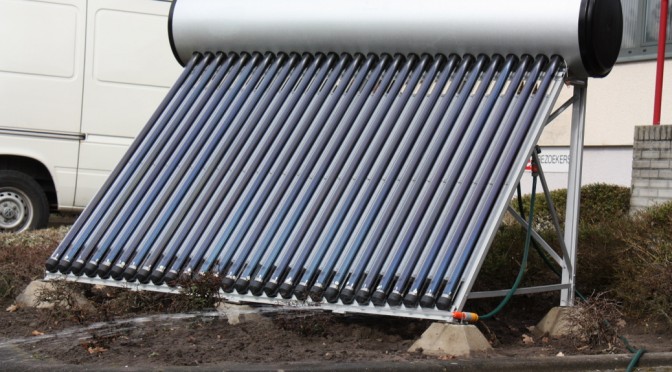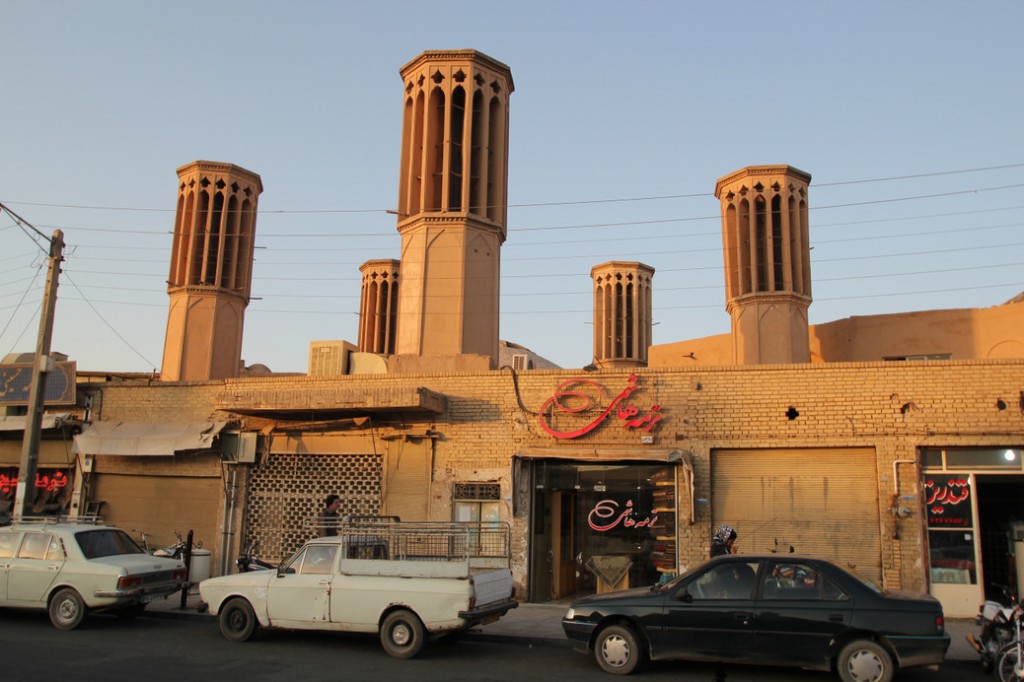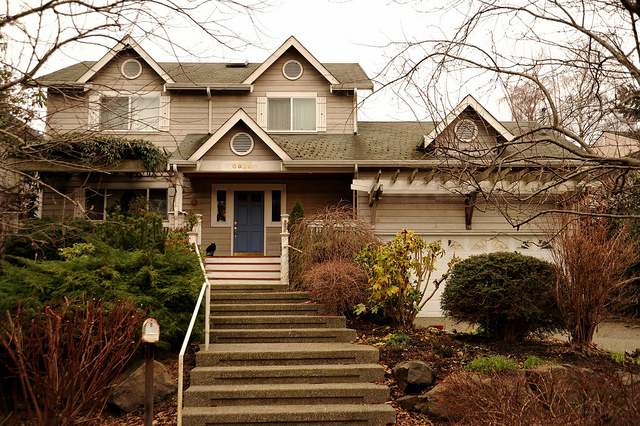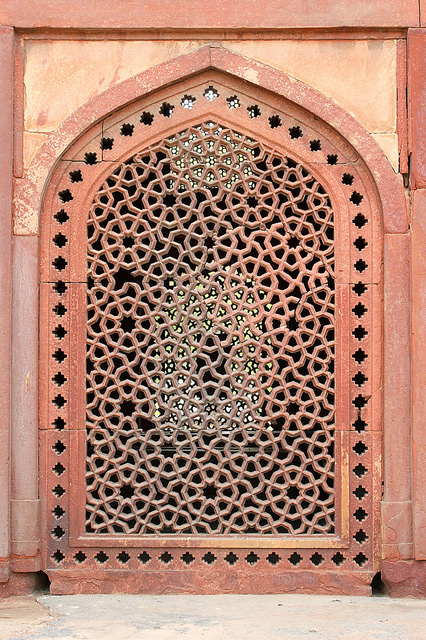I’m going to give you a little bit of homework before we get into the meat of this post. Watch this video:
(I’ve probably posted that before. I’m a wee bit obsessed with Mr. Lovins and his work)
Now let’s talk a little bit about integrative design. Integrative Design is a method of design based on working from the top down. Basically you look at the entire system – the entire car, the entire house, the entire factory, with the intention to make it as energy efficient as possible. By looking at design from the top down you ask how to make the best holistic design by intertwining the functions of the different components.
Integrative Design is different from traditional design methods which focus on optimizing each individual piece of the system and then fitting them together and adjusting how they interact. This traditional method creates the most optimized walls and plumbing and HVAC. But the integrative design approach allows you to say, what if we didn’t need the HVAC at all (or at least not our idea of the most optimized HVAC) because we change the way we build the walls completely.
At the end of the Autodesk video Amory mentions the 10xE principles of integrative design, and I want to share those here:
- Define shared and aggressive goals.
- Collaborate across disciplines.
- Design non-linearly.
- Reward desired outcomes
- Define the end-use.
- Seek systemic causes and ultimate purposes.
- Optimize over time and space.
- Establish baseline parametric values.
- Establish the minimum energy or resource theoretically required, then identify and minimize constraints to achieving that minimum in practice.
- Start with a clean sheet.
- Use measured data and explicit analysis, not assumptions and rules.
- Start downstream.
- Seek radical simplicity.
- Tunnel through the cost barrier.
- Wring multiple benefits from single expenditures.
- Meet minimized peak demand; optimize over integrated demand
- Include feedback in the design.
In Amory’s lecture he talks about using integrative desing in building design for heating and cooling, in auto design for using less fuel, and in factory design for pumping fluid. Stay tuned for a bit of a deeper dive into these topics in the future, including how the integrative design principles lead to radically different approaches in each of these categories.




